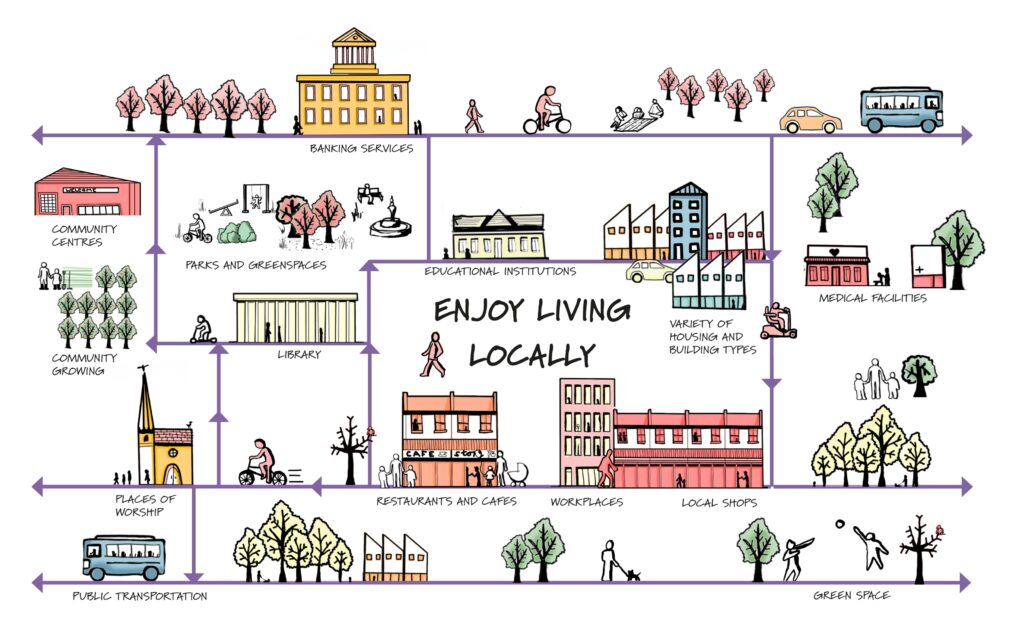A NEW guide outlining how the concept of a 20-minute neighbourhood can be applied in practice has been created by an urban design expert at a leading Scottish university.
Dr Husam Al Waer, Reader in Sustainable Urban Design at the University of Dundee’s Duncan of Jordanstone College of Art & Design, has written the guide launching today (Friday April 19) at an event at V&A Dundee.
The guide, called Understanding the 20 Minute Neighbourhood: Making opportunities for people to live well locally, is aimed at policy makers working to implement these types of communities and is in line with the Scottish Government’s most recent National Planning Framework (NPF4).
It is also aimed at local authority decision makers, planners, architects, urban designers and members of the community who want to understand if and how the ideas underpinning the 20-minute can be applied to where they live and work.

Recommendations within the new guide are based on research carried out in several areas of Scotland – including Dundee, Perth and Angus where postgraduate students helped collect evidence working with policy makers and practitioners – and practical advice gained from areas across the UK where 20-minute neighbourhoods are already being considered.
The idea behind these neighbourhoods is that the close proximity of amenities and services can help communities move towards net zero carbon emission targets, while also increasing residents’ quality of life, reducing inequality and deterring anti-social behaviour.
Dr Al Waer says that while the concept might be straightforward enough to grasp, it is not always straightforward to achieve as many post-war neighbourhoods have been designed around the car.
The new guide advises on the practicalities of bringing together different strands of the concept, including proximity, density, critical mass, and overcoming scepticism from stakeholders.
Readers are taken through key considerations, from understanding and articulating the desired outcomes, and assembling the necessary means, to setting out the changes and behaviour required to support the neighbourhood.
It covers both the design of new neighbourhoods and what needs to be done to retrofit existing ones, and it illustrates what can be done in urban, suburban and rural areas.
Dr Al Waer said: “For a 20-minute neighbourhood to work, it’s about bringing people with you – don’t just tell people what they should do, give them options.
“It’s not about restricting movement or creating a cage, it’s about diversity, giving people affordable and convenient options and the freedom to choose.
“If that’s available locally, people will choose to use it.”
He added: “It’s not about a war against the car – it’s about living well locally and allowing our communities to prosper in a way that used to be the norm.
“By giving more power to local decision making, we create better places to live and reduce our dependency on the car and establish a milestone for our delivery of net zero.”

